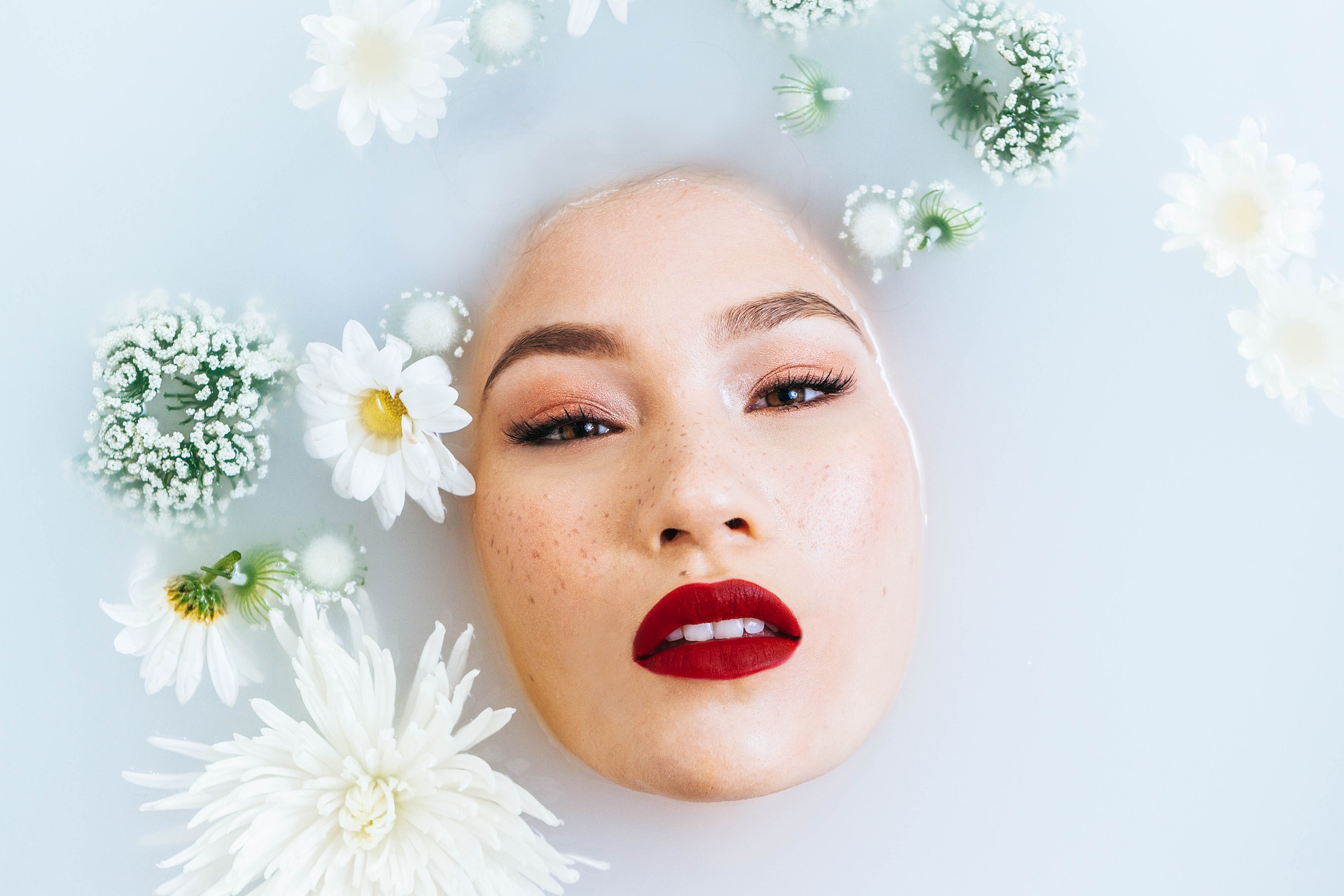The Intriguing Science Behind Color Therapy in Beauty and Fitness
Beauty and fitness have always been intertwined with the human desire to look and feel better. But over the years, this intertwining has taken on a new dimension with the incorporation of color therapy. This practice, also known as chromotherapy, is a unique fusion of art, science and health, offering a new perspective on beauty and fitness.

Understanding Chromotherapy: A Historical Overview
Color therapy is not a new concept. It has roots in ancient civilizations like Egypt, China, and India, where colors were believed to have healing properties. Egyptian sunrooms used different colored glasses to bathe patients in various hues of light. Similarly, traditional Chinese and Ayurvedic medicine associated specific colors with different organs and ailments.
The modern interpretation of color therapy began in the 19th century with the work of August Pleasanton. He studied the impact of blue light on plants and animals, marking a significant step towards today’s chromotherapy practices. Over the years, the understanding and application of color therapy have grown, finding its place in beauty and fitness.
Current Trends: The Colorful Transformation of Beauty and Fitness
Nowadays, color therapy is blossoming in the fields of beauty and fitness, backed by research and expert analysis. It’s being used in spas, fitness centers, beauty products, and even in home decor to promote wellness. The use of different colors in gym equipment, yoga mats, and workout attires is more than just aesthetics. It’s about how these colors can affect a person’s mood and performance.
The beauty industry is also embracing color therapy with gusto. From color-changing masks to products that use specific colors to address different skin issues, chromotherapy is making its mark. The idea is that colors, when used strategically, can enhance the effectiveness of beauty treatments.
The Benefits and Market Relevance of Chromotherapy
Color therapy, in the context of beauty and fitness, offers several benefits. On a basic level, it can influence mood, energy levels, and overall well-being. For example, red is often associated with invigoration and can be used to enhance energy during workouts. Blue, on the other hand, is calming and can be used in beauty treatments to promote relaxation.
The market relevance of chromotherapy is also significant. As consumers increasingly seek holistic and innovative approaches to wellness, color therapy’s potential for growth is high. It offers a unique selling point for beauty and fitness businesses, helping them stand out in a crowded market.
The Industry Impact of Chromotherapy
Chromotherapy’s impact on the beauty and fitness industry is substantial. It’s leading to the development of innovative products and services, pushing the boundaries of what’s possible. It’s also influencing industry standards and consumer expectations.
Moreover, it’s promoting a more holistic approach to beauty and fitness, recognizing that physical well-being is intertwined with mental and emotional health. Through color therapy, the industry is acknowledging that beauty and fitness are about more than just physical appearance or strength. They’re about overall wellness, which includes the mind and the spirit.
Evidence-Based Claims and Recommendations
While color therapy is gaining traction, it’s important to approach it with a critical eye. Not all claims made about color therapy are backed by scientific evidence. However, some studies do support the benefits of chromotherapy. For instance, research suggests that exposure to certain colors can affect mood, heart rate, and even muscle tension.
When incorporating color therapy into beauty and fitness routines, it’s important to listen to your body and consider your personal responses to different colors. It’s also essential to remember that color therapy should complement, not replace, traditional health and wellness practices.
All in all, color therapy is a fascinating and vibrant facet of the beauty and fitness industry. By understanding its history, current trends, and potential benefits, we can make the most of this colorful approach to wellness.






